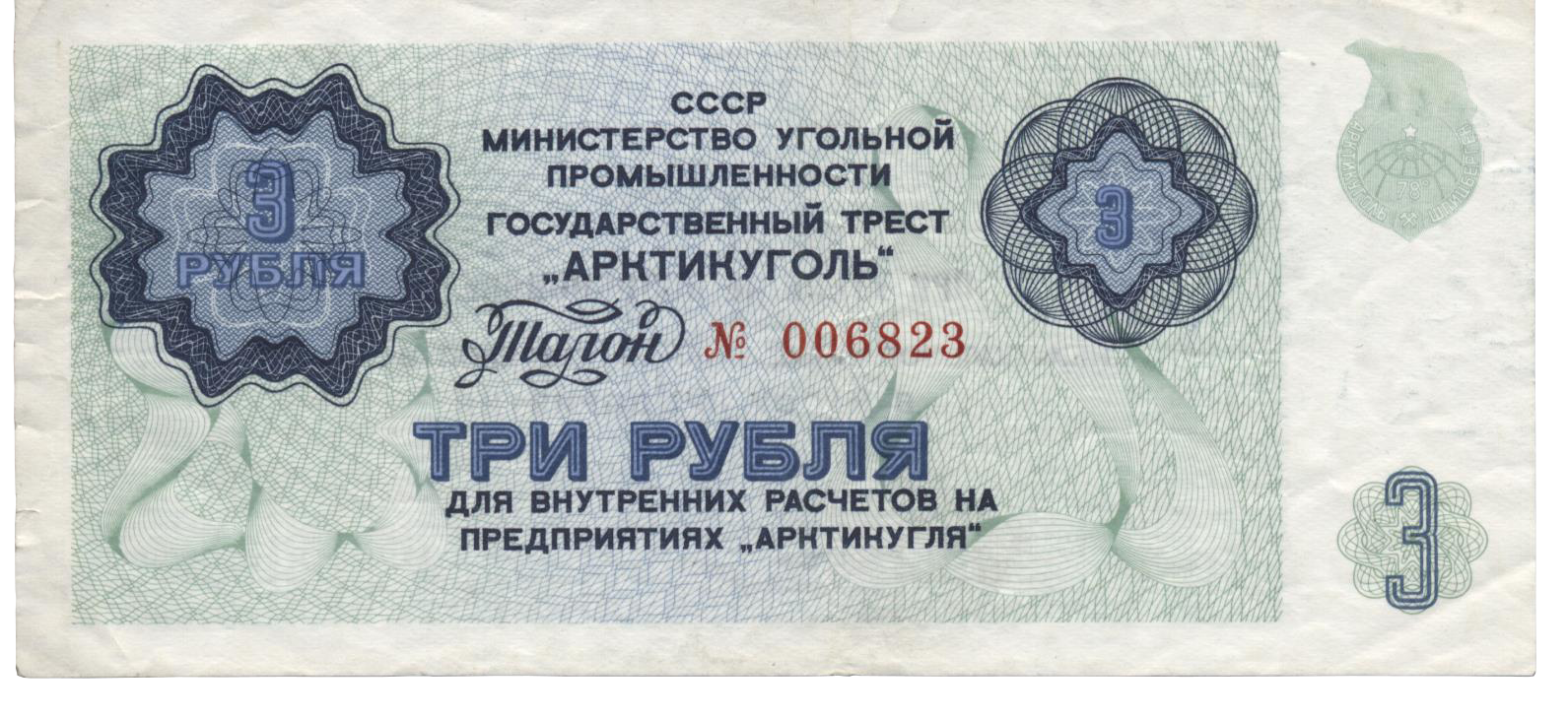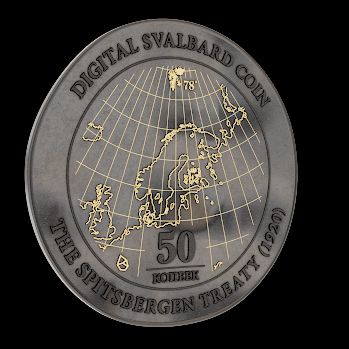Digital Svalbard money NFTs stored in the Arctic World Archive

Sparebank1 and Kaupang Krypto have, in collaboration, introduced a collection of non-fungible tokens (NFTs) based on digitized historical local money from the mining community on the isolated island of Svalbard. They grew fond of the long-term storage offering Piql can provide, and decided to write all of their original NFTs and their associated digital coins and notes as well as historical information to piqlFilm. The data was deposited in the Arctic World Archive on the 14th of February, 2022.
What is Svalbard money?
Svalbard has a unique history of producing local money. Throughout much of the 20th century, American, British, Norwegian, Soviet, and Swedish coal mining companies created their own banknotes. The Soviets also created coins for their operations. The miners received their salary in local currency and used it for purchasing goods - exclusively on Svalbard.
A major bank in Norway, Sparebank1, initiated the Svalbard money project to tell the story of the phenomenon that was Svalbard money using pictures, maps, art, sound, and text. This goal was made possible through deep analysis and careful digitizing and recreation of an important part of Norwegian history. They partnered with Kaupang Krypto, the leading blockchain and crypto-trading company in Norway.
Challenge
The Svalbard money project has analyzed and digitally reproduced accurate representations of 551 bills and 111 coins from the isolated Svalbard community.
Being able to look at and play around with century-old historical national assets in a 3D canvas is quite fascinating, and owning one could be of utmost high sentimental value for individuals with a tie to the old Svalbard culture as well. Piql got involved in the project early on in the development phase because of our engagement and drive for the preservation of historical-cultural treasures for future generations to come.
Digital data is vulnerable
All digitally stored data is prone to alteration, and destruction through both naturally occurring and man-made inevitable disasters such as hacking, bombing, EMPs, and fire. Lesser known natural occurrences such as cosmic radiation from roaring solar winds in space are in fact capable of changing single bits in Solid State Drives (SSDs), - a phenomenon known as a Cosmic Bit-Flip. However, even though there is preventative technology for Cosmic Bit-Flip occurrences, the possibility of an unforeseen event is still there.
Why piqlFilm?
piqlFilm is an analog storage medium, thus - incapable of being destroyed or altered by external influences such as radiation and electromagnetic pulse, and thanks to the true nature of piqlFilm, unhackable. Further, piqlFilm has a very low carbon footprint, since it requires no migration, no servers, and when stored in an arctic vault, no electricity to cool or heat.

Svalbard money chose Piql
The people behind the Svalbard money project were intrigued by our sustainable and unique technology and decided to package all their obtained data from analyzing, developing, and re-creating the Svalbard bills and coins, as well as historically collected material, and store it on piqlFilm in the Arctic World Archive for thousands of years. This way, the outcome and data of a state-of-the-art trend, such as NFTs, can be preserved for the longevity of the film, approximately 1500 years.
From February 14th, 2022, the digitalized Svalbard money collectibles and belonging data have been kept in the Arctic World Archive and will stay there for eternity.
“With the help of Piql’s technology, this unique part of financial history will be stored safely for eternity in the Arctic World Archive. In one way, the Svalbard money will be everlasting. It is a beautiful idea”,
- says Morten Søberg, Director of Public Relations responsible at Sparebank1 and the initiator of the Svalbard money project.


